
 Principle 9: Use Small and Slow Solutions
Principle 9: Use Small and Slow Solutions
In this guest post, Oliver Holmgren shares the joy and method of using a drawknife. Almost forgotten, this simple and versatile tool has been used for millennia to shape wood. Oliver recently built a fence using traditional methods at Melliodora. Old branches had the sap wood removed to reveal the beautiful textured heart wood underneath.
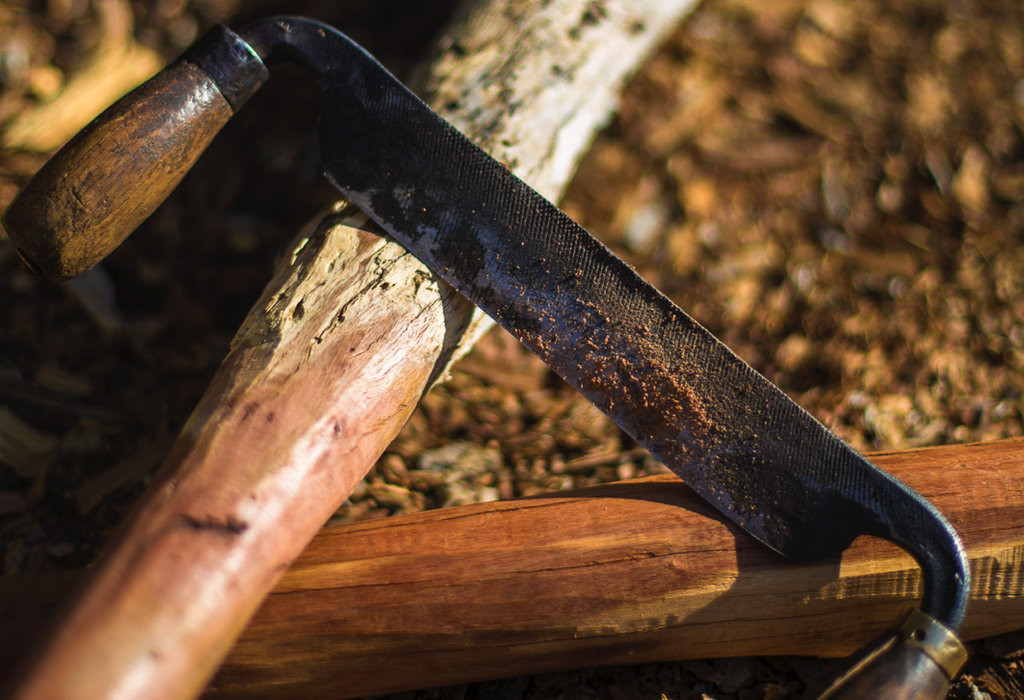
DIY Beautiful Wooden Stakes, Fences and Railings
I’d like to share with you something I have been really enjoying recently. I find great pleasure in using a drawknife to quickly turn old branches and other rough bits of wood into gorgeous garden stakes, hand rails and fence palings. Lets say we want to make a hand rail. Some branches are just right the way they are while, others are a bit too rough on the outside or decaying like the one I have here. Some of these rough ones are absolute gems on the inside though.

My tool of choice for the job has been around for thousands of years, is relatively easily found used at markets and really is very low tech.
The ‘drawknife’ is a beautifully simple and yet versatile tool that is perfect for smoothing off wood while keeping the interesting character of curves and bumps. Unlike a hand plane or other tools that are intended to help make your wood flat, the drawknife can easily follow the curves of branches and sticks. These irregularities becomes features instead of a problem. My drawknife is forged from an old file actually. If you look closely you can see the original cross hatching of the file. Here we are looking at the side that is sharpened. The shiny edge is where I’ve just sharpened it. Like a hand plane, you only sharpen the one side on a drawknife.
Using a drawknife
So, to get started, firmly secure your branch. Grasp the two handles and place the blade on the branch. Gently pull toward you adjusting the angle of your wrists to follow the shape of the wood and regulate how much you take off with each stroke. Also note a drawknife has two side. The flat one that you DO NOT sharpen usually faces toward you.
Watching the beautiful heart wood emerge from under the rotten old sap wood is such a delight. In minutes the rough and decaying outer wood can be removed leaving a smooth branch ready to use as a hand rail, a garden stake or fence paling. I am sure you’ll find many more uses beyond these three.
The shavings you are left with can be used on paths like sawdust or as mulch where wood chips might have been used otherwise. Any bigger chips and offcuts can been used to fuel a wood stove for cooking. Another fun project I’d like to share with you soon is the “Gabe” stove. A simple, easy to make, drum fire that burns wood efficiently and smoke free. A little like a low tech version of a rocket stove, only quicker and simpler and yet incredibly effective. I have cooked on one as my main cook stove for 5 years. But today, I am really keen to share with you just how wonderful I am finding my drawknife.
I hope you enjoy this as much as I have.
Oliver Holmgren

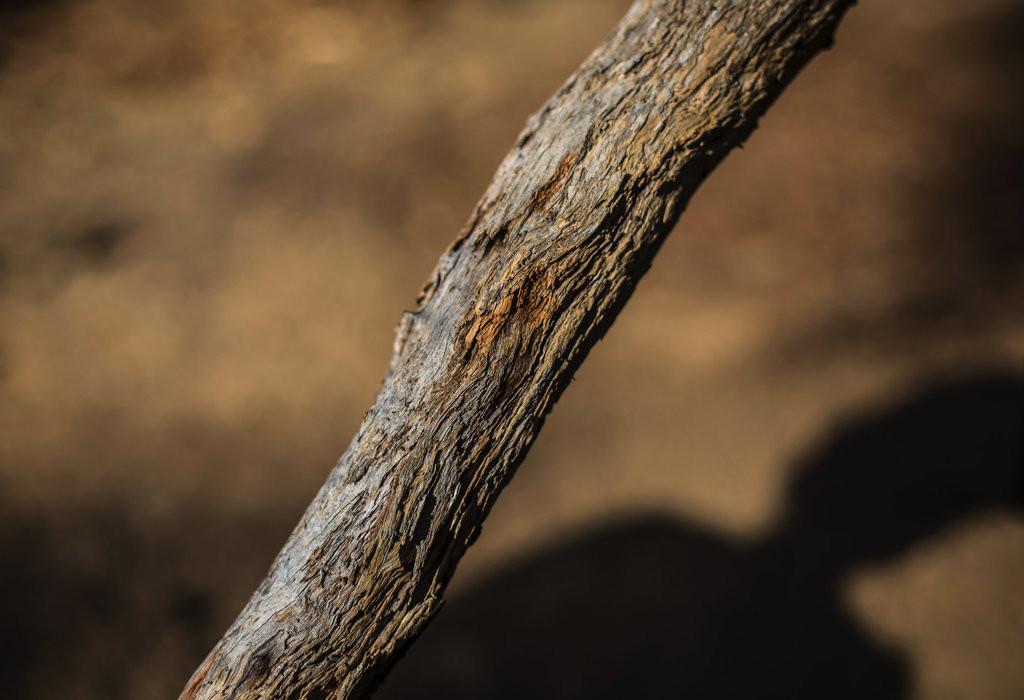
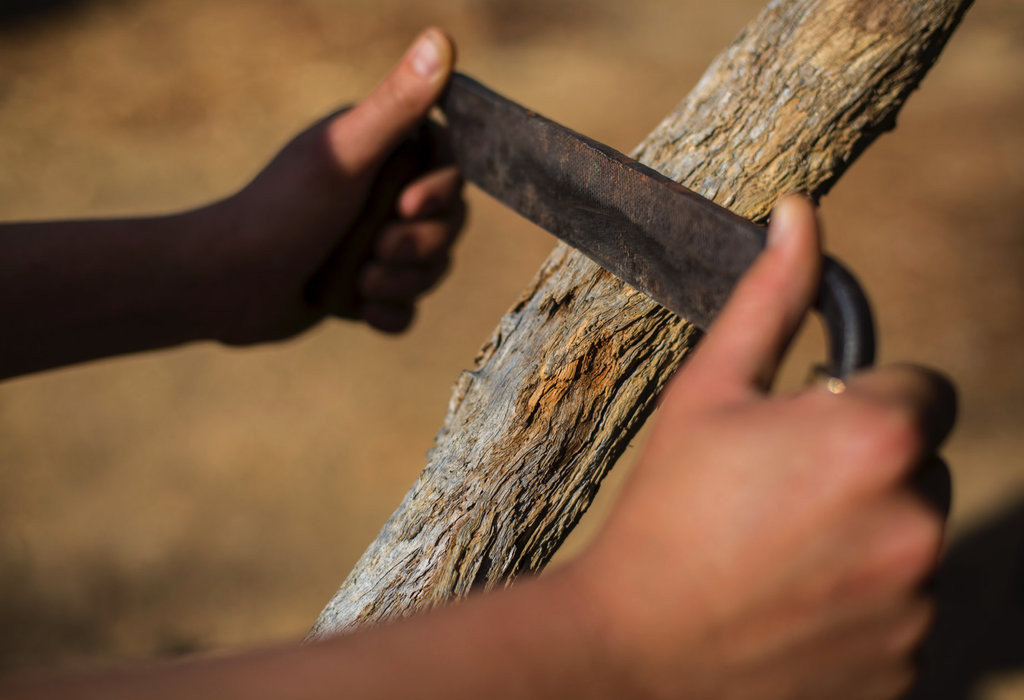
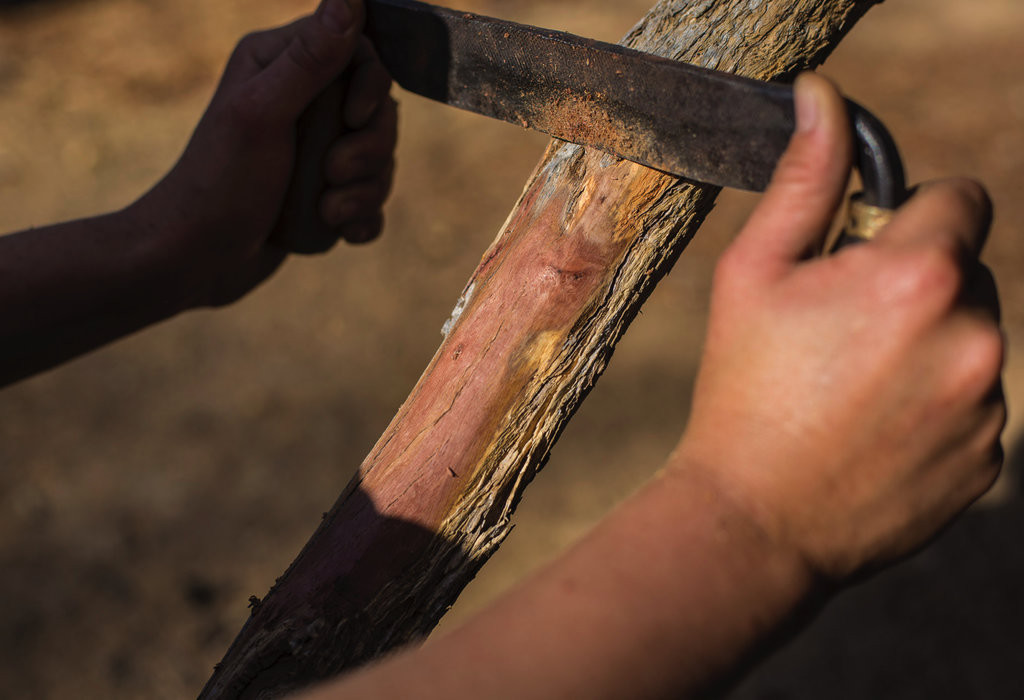
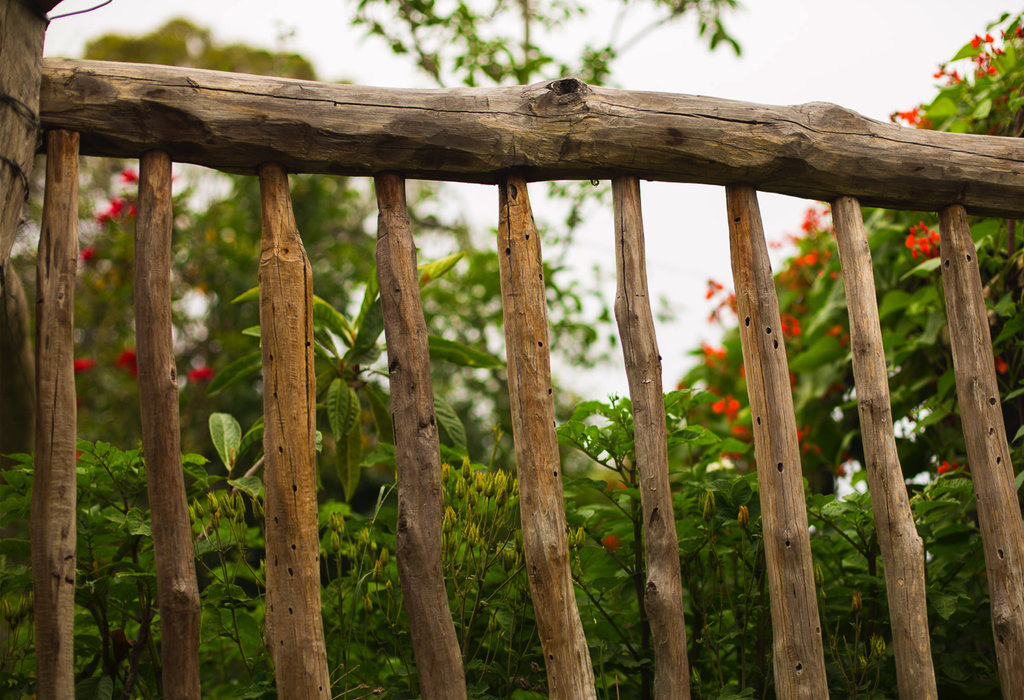


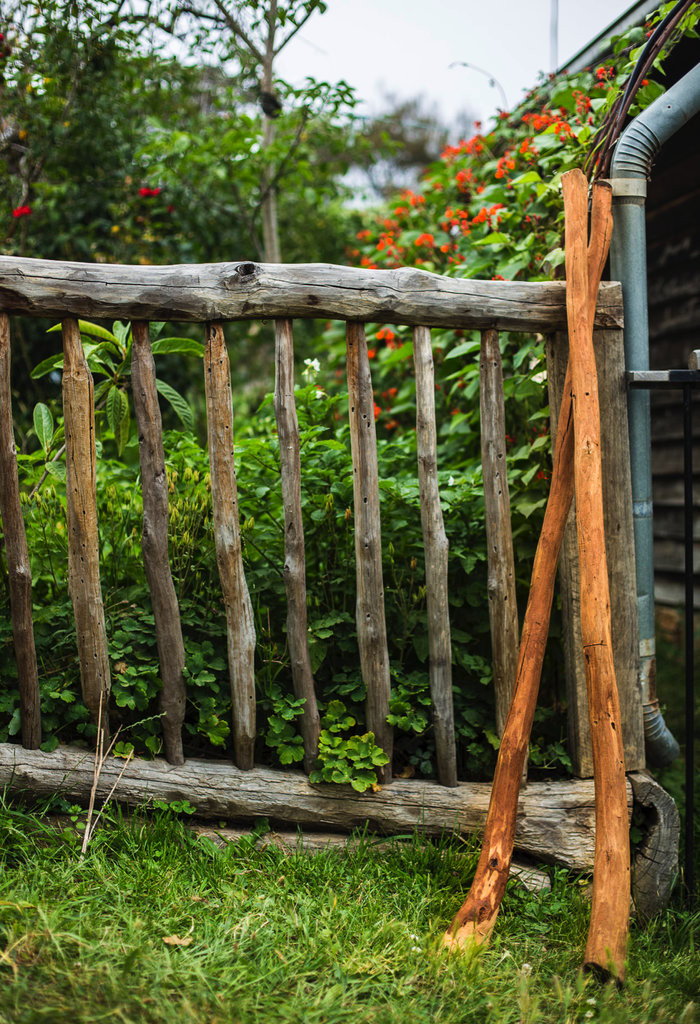
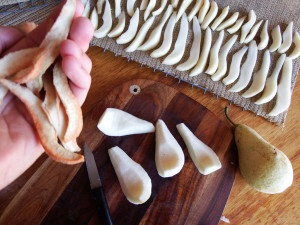




What fortuitous timing! Once again, serendipity strikes and presents me with the exact information that I need. I am getting one soon to use to make log furniture and furnishings. Thanks for this.